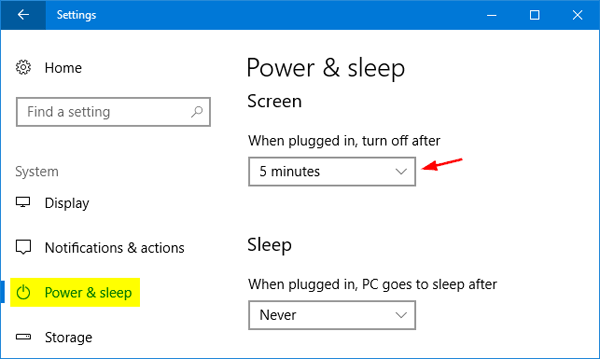
For example, enableRBAC for Kubernetes RBAC policies implemented in your cluster, or aksResourceTagValues if tags are specified for the AKS cluster. If you omit any other properties or add-ons when using this template, it can result in their removal from the cluster. The template needs to be deployed in the same resource group of the cluster. Deploy resources with Resource Manager templates and the Azure CLI.Deploy resources with Resource Manager templates and Azure PowerShell.

If you're unfamiliar with the concept of deploying resources by using a template, see: One is a JSON template specifying the configuration to stop monitoring and the other contains parameter values that you configure to specify the AKS cluster resource ID and resource group that the cluster is deployed in. Provided are two Azure Resource Manager template to support removing the solution resources consistently and repeatedly in your resource group. To re-enable monitoring for your cluster, see Enable monitoring using Azure CLI. az aks disable-addons -a monitoring -n MyExistingManagedCluster -g MyExistingManagedClusterRG The command removes the agent from the cluster nodes, it does not remove the solution or the data already collected and stored in your Azure Monitor resource. Use the az aks disable-addons command to disable Container insights. This article shows how to accomplish this using the Azure CLI or with the provided Azure Resource Manager templates.


How to stop monitoring your Azure Kubernetes Service (AKS) with Container insightsĪfter you enable monitoring of your AKS cluster, you can stop monitoring the cluster if you decide you no longer want to monitor it.


 0 kommentar(er)
0 kommentar(er)
